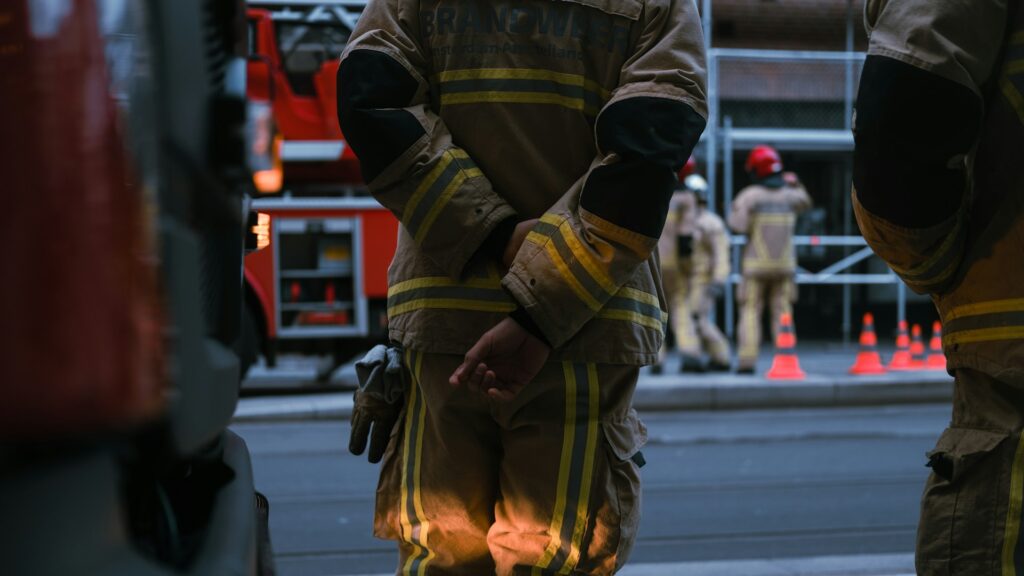
The Critical Role of Fire Inspections
Fire inspections play a crucial role in protecting communities by identifying potential hazards before they escalate into serious incidents. Regular inspections ensure that buildings comply with safety codes, fire prevention measures are in place, and emergency systems, such as alarms and sprinklers, function properly. By addressing risks proactively, fire inspections reduce the likelihood of property damage, injuries, and loss of life, fostering a safer environment for residents, employees, and visitors alike.
Equally important is the training and qualification of those conducting these inspections. Programs such as the inspector certification program Texas help ensure that professionals are well-versed in safety standards, detection methods, and regulatory requirements. Certified inspectors bring consistency, expertise, and credibility to fire prevention efforts, directly contributing to the overall safety and resilience of the community.
Key Components of Fire Inspections
- Code Compliance: Inspectors verify that building components—such as emergency exits, fire doors, and sprinklers—comply with both state and municipal fire codes.
- Hazard Identification: Typical hazards include overloaded circuits, improper storage near heat sources, and obstructed evacuation paths.
- Safety Equipment Checks: Functioning fire alarms, extinguishers, and detection systems are inspected to ensure readiness in the event of an emergency.
- Occupant Education: Ongoing training and public outreach equip building users with knowledge to prevent fires and respond effectively during crises.
Benefits of Regular Fire Inspections
- Life Preservation: Systematic inspections reduce the likelihood of hazardous conditions that could lead to injury or loss of life. The presence of working fire alarms correlates with significantly lower fatality rates in residential fires.
- Property Protection: Identifying and remediating potential fire sources staves off severe property loss and costly repairs for both businesses and homeowners.
- Community Resilience: Communities with established inspection programs recover more quickly from incidents and maintain a reputation for safety and reliability.
Enhancing Fire Inspection Efficiency
Fire departments are improving fire inspection efficiency through modernization and community engagement. Using mobile inspection software enables real-time data entry and feedback on compliance, boosting accuracy and ensuring better record traceability. Main strategies involve implementing fire inspection software to simplify workflows, conducting educational campaigns to promote community involvement in hazard prevention, and offering ongoing training for inspectors on current codes and new technologies.
Conclusion
Fire inspection stands at the intersection of safety, prevention, and community resilience. These inspections, when guided by certified professionals and reinforced by community partnership, not only reduce the incidence of fires but also elevate the quality of life for all residents. By embracing technology, investing in training, and maintaining open communication, fire departments can meet contemporary challenges and set a higher standard for public safety.




